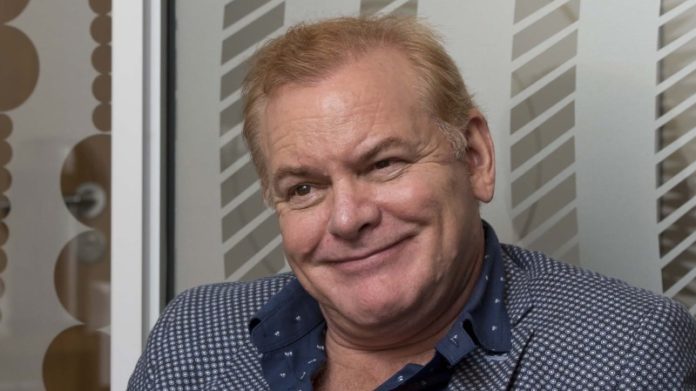
THE world’s gold industry will need the price of its metal to improve further in order to support investment in fresh resources, said Gold Fields CEO, Nick Holland.
Making a return to the Melbourne Mining Club some four years after first addressing it, Holland said cost savings as well as currency and oil price weakness had served as tailwinds to the industry.
The average net cash flows of some of the industry’s biggest gold miners, including Barrick Gold, Newcrest Mining, AngloGold Ashanti and Gold Fields itself, had fallen to about $4bn in 2013.
Since then, they had recovered increasing to just under $2bn in 2014 before reaching nearly $6bn last year (and quite possibly improving further this year on the back of an improved metal price). The industry’s net cash flow margin had also improved: from a negative 8% in 2013 to nearly 15% last year.
“However, without a continued pick up in the gold price, we question the sustainability of this trend as gold companies now need to reinvest,” said Holland.
Speaking to the club in 2012, Holland said the sector was in peril because it was growing at the expense of returning value to shareholders. He was also instrumental in calling for an industry cost standard which materialised in the adoption of the ‘all-in sustaining cost’ (AISC) measure which demands companies include the cost of replacing ounces of gold before declaring a return.
But the sector needed to replace its reserve base. “Gold companies have not been spending enough to replace reserves, never mind grow them,” Holland said. “As a result of under-spending and lower gold price, reserve life has fallen from 24 years in 2012 to 17 years in 2015,” he added.
As a stop-gap, there had been a rush to buy in-production ounces – effectively mid-tier miners – as well as mines that other companies were forced to sell in order to restore balance sheet health.
Set against the likelihood that currencies would start to strengthen against the dollar – (they already have) – and that inflation would increase in areas where currencies were still weak, the incentive price for new reserve discovery and production would have to rise.
In 2016 the gold price has increased about a quarter while gold equities have risen by over 100% on average, a period of recovery that Holland said would have to be followed by another leap in the gold price.
The upshot is that gold miners would need to embrace technology in order to more effectively mine lower grade ore bodies given the dearth in exploration. And as for exploration, he believed this might no longer be the domain of junior firms.
“Greenfields [exploration] will return,” said Holland. “Is the junior exploration industry the best hunting ground for the majors to get greenfields back into their portfolios,” he added.
Collaboration and joint ventures would also return. “Big bang acquisitions would be less common,” said Holland. “Producers will look to spread risk and cost.
And if the gold price continued to recover – which Holland said was essential to support industry sustainability – would the sector return to its bad old ways.
“Has the industry learned from past mistakes – chasing ounces, reducing cut-off grades – or will it go back to its old ways of spending all cash flow to grow production?,” he said.











